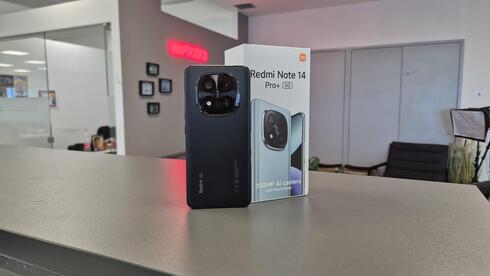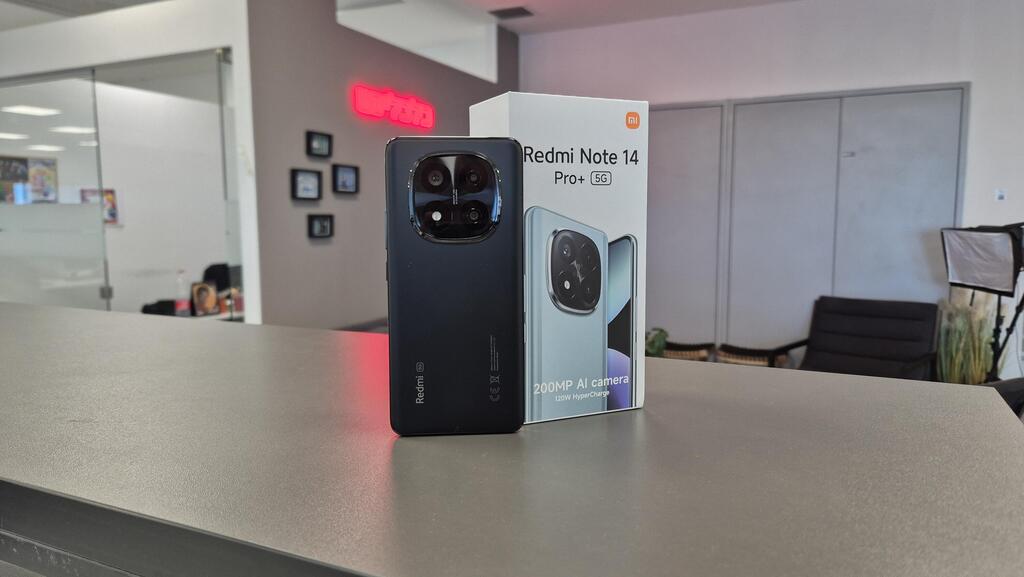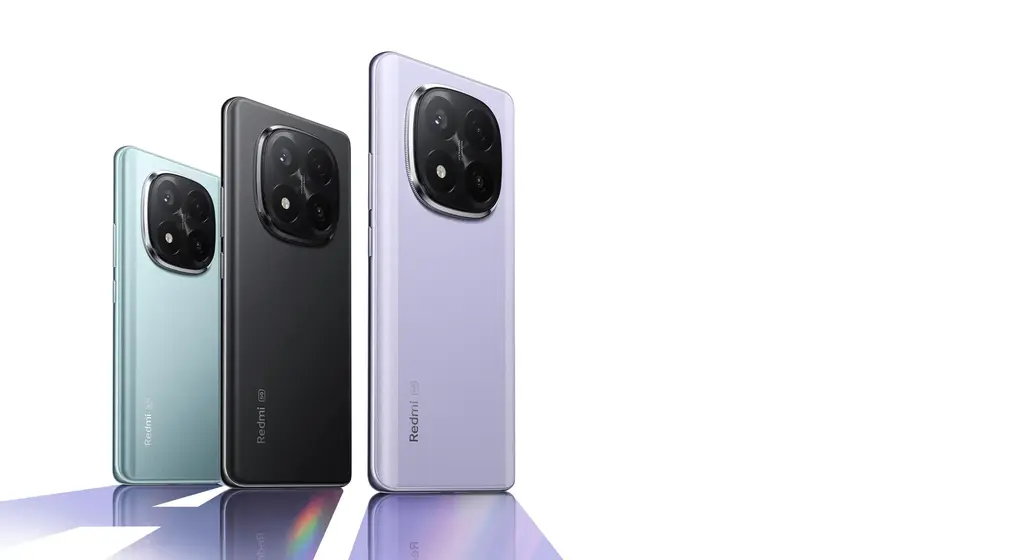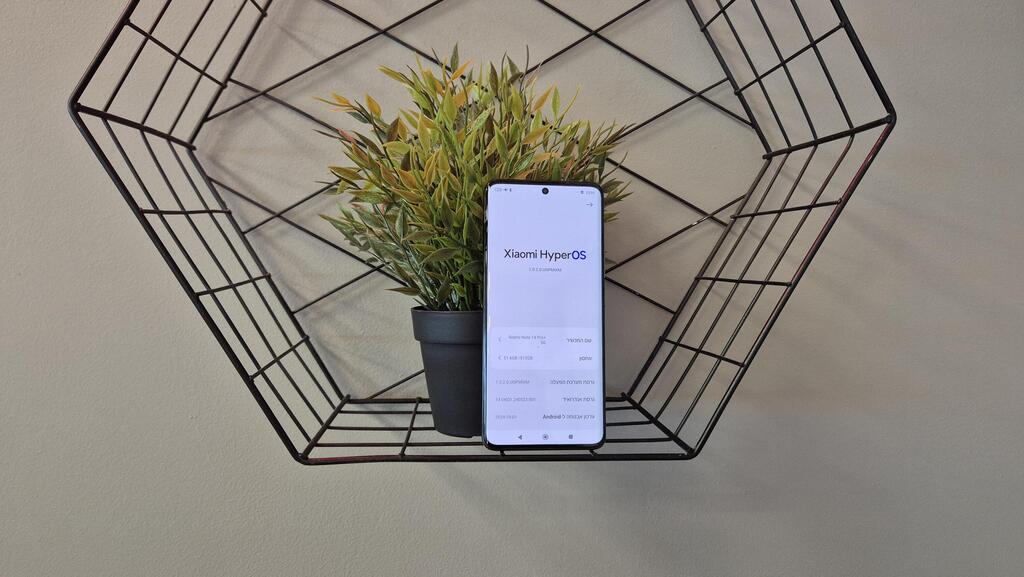
Smartphone review
Redmi Note 14 Pro Plus review: A solid mid-ranger, but Xiaomi is its own biggest rival
A $600 mid-range device with powerful hardware, but stiff internal competition.
Top Line
The Redmi Note 14 Pro Plus is a solid mid-range device that offers good value for money, priced at around $600. However, when compared to its competitors—especially domestic rivals—it doesn’t deliver a knockout win, and it’s uncertain whether it would win on points either.
The differences between models in the Redmi Note 14 series can be confusing. Despite belonging to the same lineup, they feature different processors, varying amounts of memory, and completely different camera setups. Therefore, it's essential to carefully check which model you're choosing.
In terms of competition, the Poco X7 Pro is about $50 cheaper, offers strong specifications, similar capabilities, a newer version of Android, and a flat screen. If you're set on a Xiaomi device, the Poco X7 Pro seems like the better choice.
Details
Xiaomi aims to appeal to as many users as possible by launching multiple models under different brands, often competing against itself. While this approach ensures there’s something for everyone, the differences between models are sometimes minimal, raising questions about why such similar devices need to be released.
The new Poco X7 Pro recently arrived—a mid-range device with a high-end version priced at under $550, along with a cheaper variant. Now, Xiaomi is launching the Redmi Note 14 Pro Plus, another mid-range device, with its most powerful version costing slightly over $550 (and a more affordable variant also available).
So, how do two similarly priced devices from the same company compare? We took the new model for a test run.
Structure and design: The curved screen is back
Xiaomi has kept the design language from the previous Redmi model—a large 6.67-inch screen with rounded edges. Last year, this choice was already surprising, as most manufacturers seemed to be moving away from curved screens, yet here it is again. While it's a matter of personal preference, the design feels somewhat outdated and unnecessary.
The device weighs just over 200 grams and feels heavy. The layout is familiar: power button and volume keys on the right, an empty left side, and no headphone jack.
On the back, the camera placement has changed, with three lenses and a flash now centrally positioned at the top. The glass covering has been upgraded to Gorilla Glass Victus 2, and the device meets the IP68 standard, ensuring solid dust and water resistance. As usual with Xiaomi, the package includes a silicone protective case.
Hardware: Strong enough—most of the time
The new Redmi features solid specifications that have become standard at this price point. The model we reviewed was powered by the Snapdragon 7s Gen 3 processor, paired with 12GB of RAM (expandable using storage) and 512GB of storage. This is the most powerful model in the Redmi Note 14 series, which also includes variants with different processors, less RAM, and smaller storage capacities—so pay close attention to the specific version.
Performance was generally smooth. The device handled a variety of tasks, including gaming, without issues. However, in rare cases, it stuttered slightly and showed some lag.
As expected from Xiaomi, the device includes an infrared remote control with a dedicated app for controlling household electronics. The model we reviewed also supports eSIM and NFC, allowing for Google Pay transactions.
The battery has been slightly upgraded to 5,110mAh and supports very fast charging. However, Xiaomi's internal competition is noticeable—its Poco X7 Pro counterpart features a larger 6,000mAh battery.
The Redmi Note 14 Pro Plus comes with a 120W charger, enabling rapid charging. Charging from 15% to 50% took only about 10 minutes, and a full charge was reached in about 30 minutes—impressive, though it sometimes caused the phone to warm up slightly.
The screen is excellent, offering high brightness levels that ensure usability even in direct sunlight.
Software and interface: Feature-packed, as usual
Here's another difference in Xiaomi's internal competition: the Redmi Note 14 Pro Plus ships with Android 14, while the Poco X7 Pro comes with Android 15. Both devices feature Xiaomi’s HyperOS interface. The review unit received multiple software updates but remained on Android 14. While this isn’t a major issue now, long-term users should note that it will stop receiving updates sooner than its Poco counterpart.
As with previous Xiaomi devices, the phone comes preloaded with numerous apps, including system tools, Google’s suite (with the AI assistant Gemini), Facebook, TikTok, and Booking. This time, Xiaomi has gone overboard—not only did an installation screen appear with app recommendations, but unlike in the past, there was no option to skip it. Users had to manually uncheck each app before proceeding.
Xiaomi’s interface remains familiar, with a few AI-powered tools that have become standard: audio transcription and summarization (not available in Hebrew), text reformatting in Xiaomi's Notes app, as well as proofreading, translation, and text summarization. Xiaomi’s browser includes a feature that summarizes articles and suggests related questions, and these functions also work in Hebrew. Additionally, holding down the power button launches the Gemini assistant.
Cameras: Good, with AI-powered tools
Xiaomi heavily promotes its camera capabilities, but the results, while solid, don't quite live up to the marketing hype.
The device features:
- A 200MP main camera (designed to impress on paper)
- An 8MP ultra-wide camera
- A 2MP macro camera
- A 20MP front-facing camera
Overall, the cameras perform well—producing good images in proper lighting and even in night shots—but they don’t outshine competitors in the same price range. Simply put, they deliver solid photos, but they’re not on par with flagship models from Samsung, Apple, or even Xiaomi itself.
Xiaomi's AI-powered camera tools, prominently featured in its advertisements, include:
AI Erase Pro: Removes people and objects from photos, a feature available on many smartphones. It works well but can leave behind subtle traces, such as shadows.
AI Image Enlargement: Resizes images while automatically generating missing background details—similar to Adobe’s Photoshop tools.
One-Tap Image Enhancement: Attempts to improve photo quality automatically.
Background Expansion: Fills in the background when resizing an image, sometimes convincingly enough for those unfamiliar with the original scene.
These tools generally perform well, though results depend on the original image. Object removal often works, but shadows may remain. Image enhancement doesn’t always produce dramatic improvements, and background expansion relies on AI-generated guesses, which may not always be accurate. Additionally, processing these effects takes time, requiring patience.
















